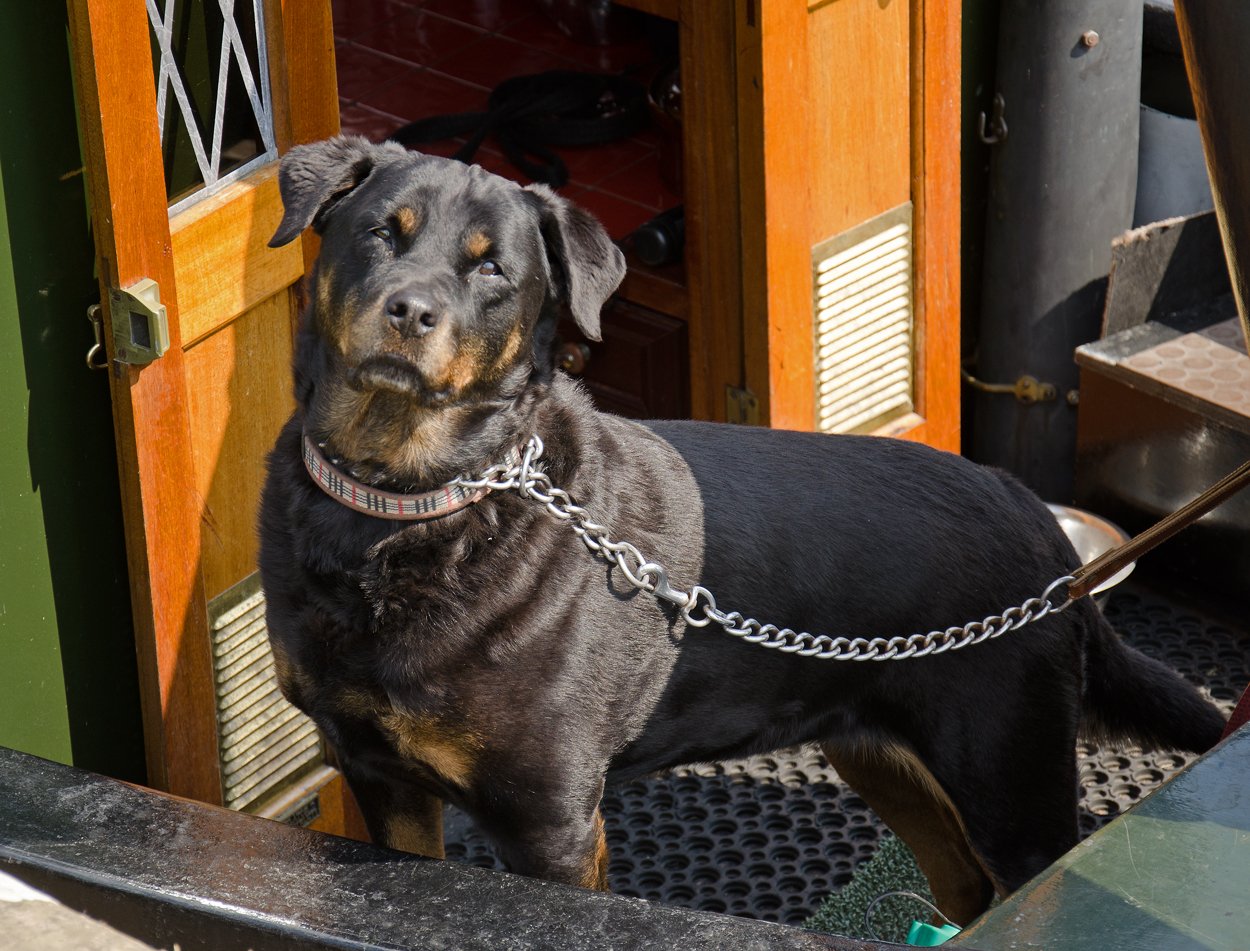Have you ever wondered if your lovable furball could ever pose a threat? It might seem unthinkable, but even the most gentle dogs can show subtle signs of potential danger. Understanding these signals is crucial for both your safety and your dog’s well-being. Let’s dive into these often-overlooked indicators that may suggest your dog could turn dangerous.
Unusual Aggression During Playtime
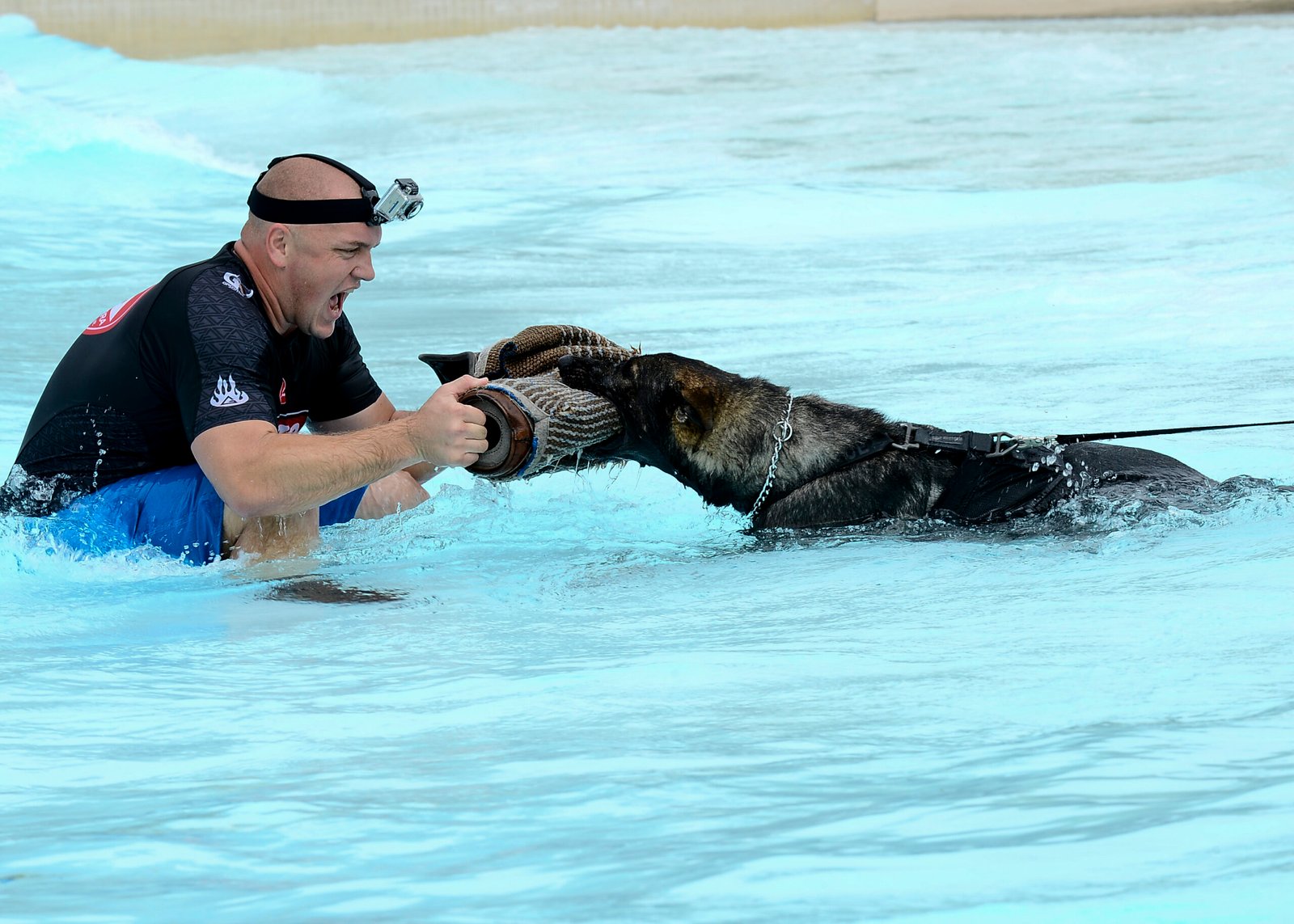
Playtime is usually a joyous occasion for dogs and their owners. However, if your dog suddenly displays aggression during these moments, it might be a red flag. This could manifest as growling, snapping, or biting when you try to take away a toy. While it’s normal for dogs to be protective of their belongings, escalating aggression is a sign that shouldn’t be ignored. It’s similar to a child who suddenly becomes possessive and lashes out at anyone trying to take their favorite toy. Understanding the root cause, whether it’s fear, anxiety, or something else, is essential in addressing the issue.
Excessive Barking at Strangers
Barking is a natural behavior for dogs, but excessive barking at strangers can indicate underlying aggression. If your dog barks relentlessly at visitors or people passing by your home, it might be a sign of fear or territorial behavior. Imagine a person who yells at anyone who comes near their property; it’s unsettling, right? The same goes for dogs. This behavior can escalate to biting if not managed properly. Training and socialization are key to helping your dog feel more comfortable around new people.
Stiff Body Language
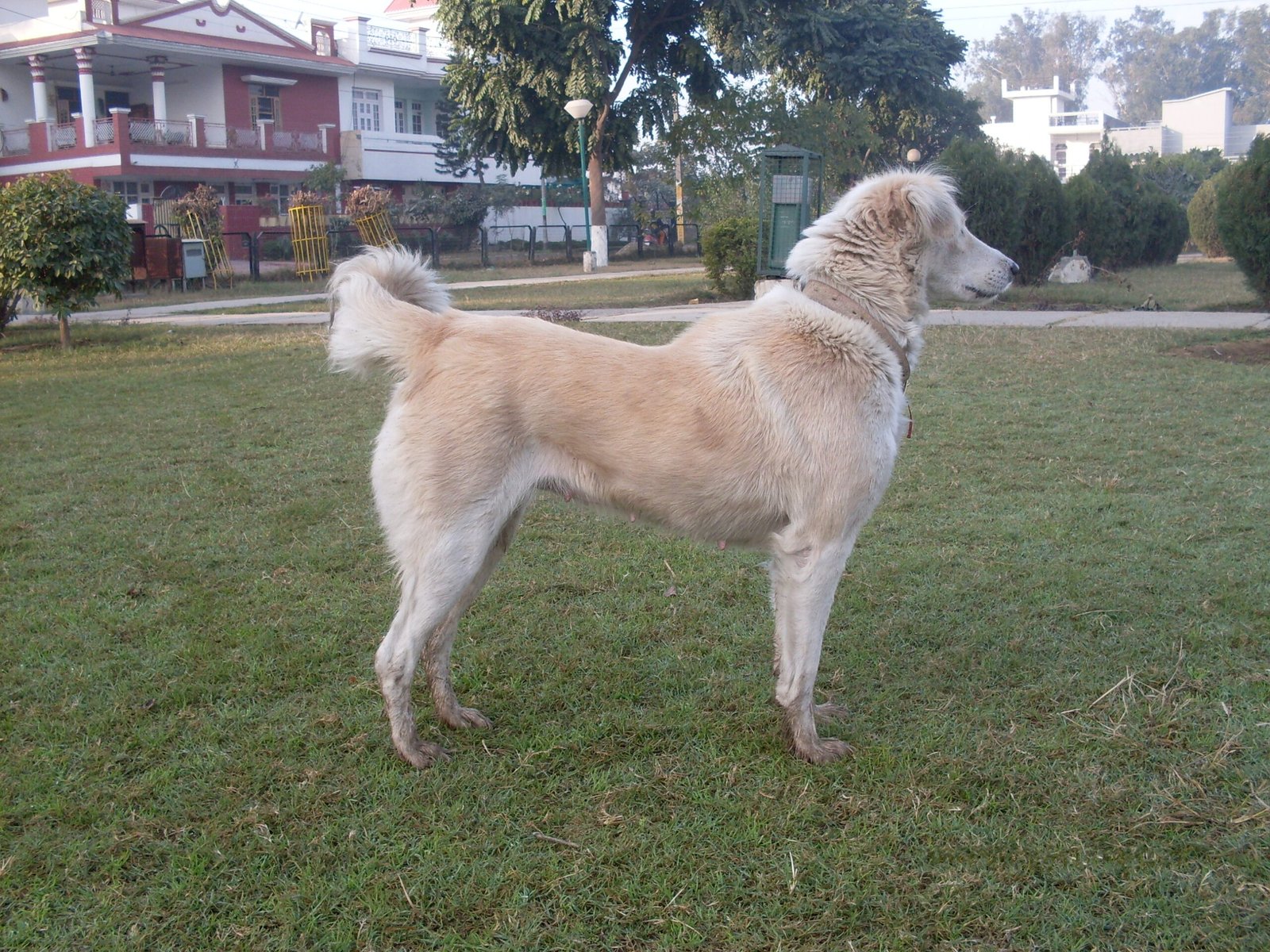
Dogs communicate a lot through their body language, and a stiff posture can be a subtle sign of aggression. If your dog suddenly stands rigidly, with ears perked and eyes focused, it could be a precursor to an aggressive act. Think of it as a person clenching their fists before a confrontation. This kind of body language suggests your dog feels threatened or is preparing to protect itself. Observing and understanding these cues can help you intervene before the situation escalates.
Resource Guarding
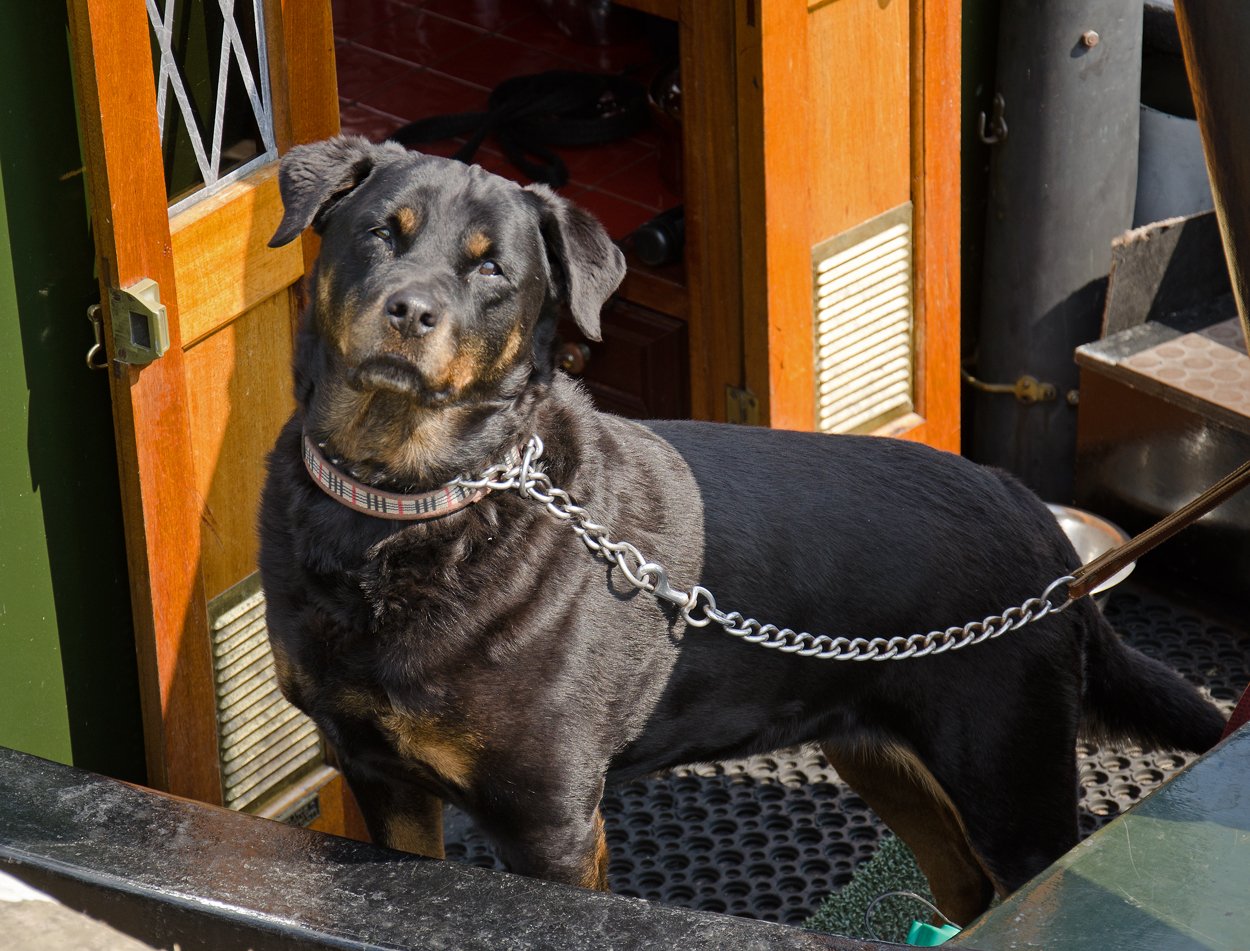
Resource guarding is when a dog becomes aggressive over food, toys, or even people. This behavior is akin to a person who refuses to share their belongings and becomes hostile when someone tries to take them. If your dog growls or snaps when you approach their food bowl or favorite spot on the couch, it’s a sign of potential danger. Addressing this behavior through training and positive reinforcement can help your dog feel more secure and less possessive.
Unpredictable Reactions to Touch
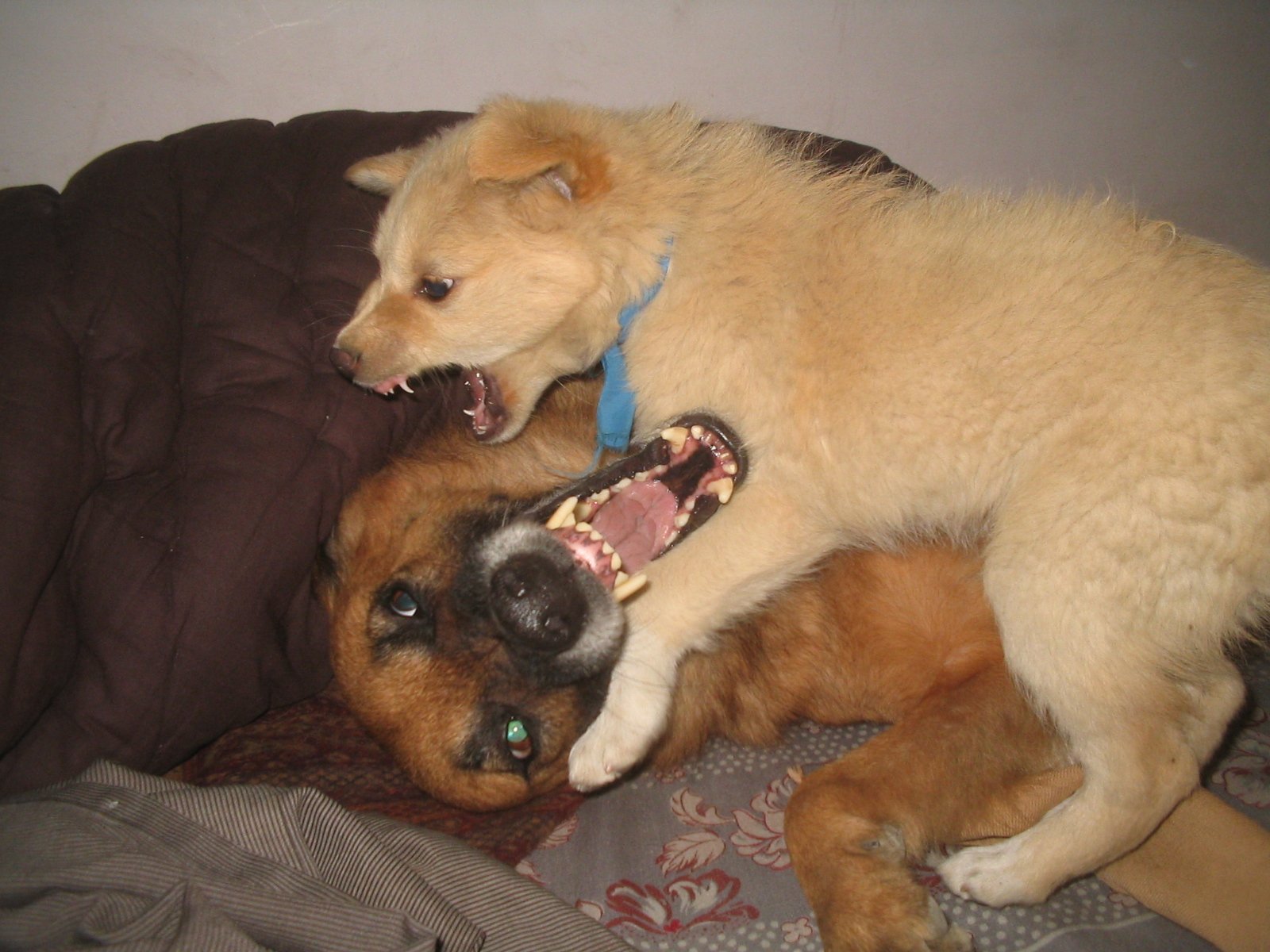
Imagine trying to hug a friend, only for them to recoil or lash out unexpectedly. If your dog reacts unpredictably to touch, it could be a sign of fear or pain. Some dogs may have sensitive areas that trigger aggressive responses when touched. It’s important to identify these triggers and approach your dog with caution. Consulting a veterinarian can help rule out any medical issues that might be causing discomfort.
Frequent Growling

Growling is a dog’s way of communicating discomfort or warning. While occasional growling is normal, frequent growling, especially in non-threatening situations, can indicate a deeper issue. It’s like someone who constantly grumbles under their breath; it suggests underlying tension. If your dog growls frequently, it’s crucial to understand the context and address any potential triggers. Ignoring this behavior can lead to more serious aggression over time.
Overprotectiveness
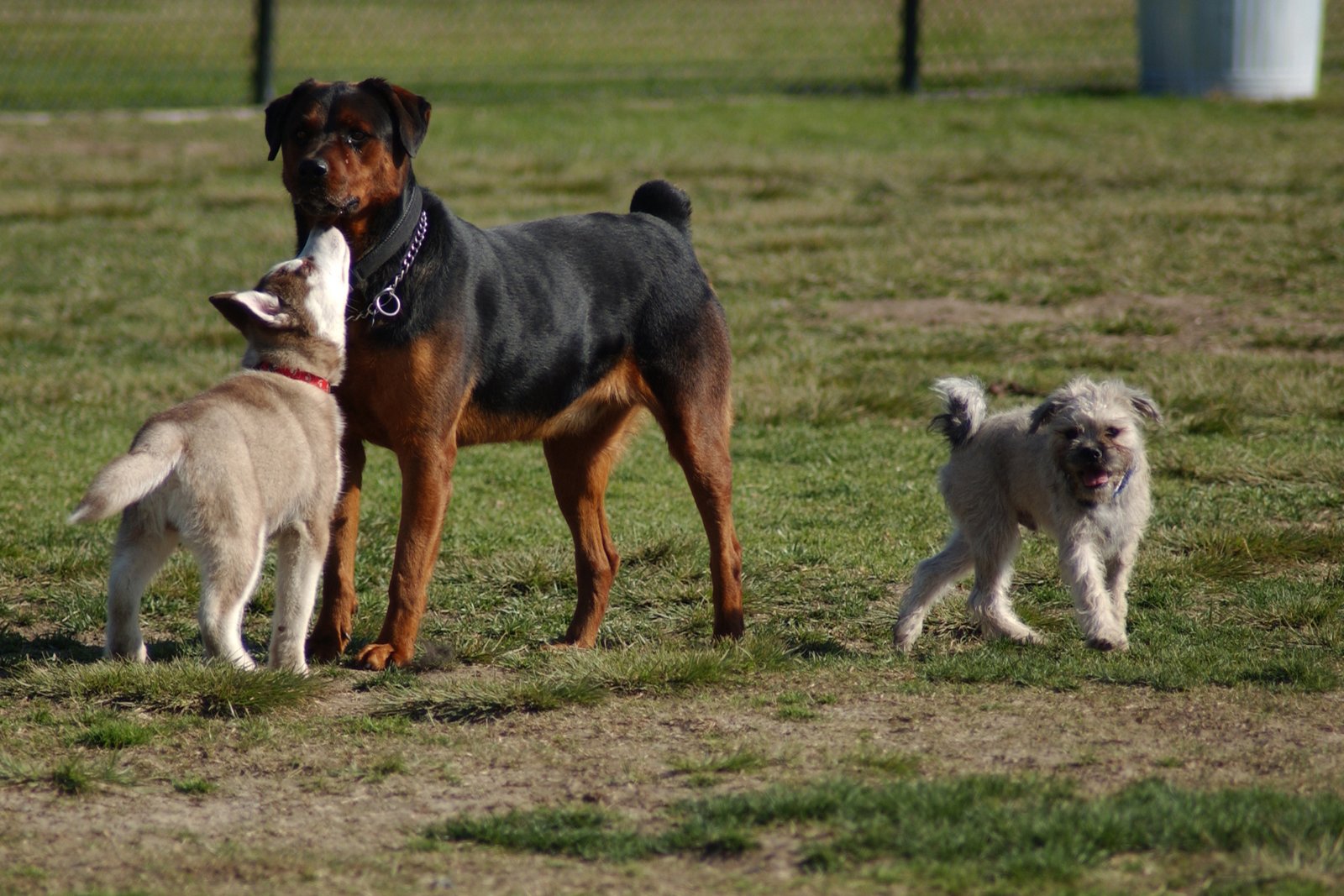
While it’s endearing when a dog is protective of their owner, excessive protectiveness can turn dangerous. If your dog becomes aggressive towards anyone who approaches you, it might be a sign of insecurity or fear. It’s similar to someone who becomes overly jealous and hostile when their loved one interacts with others. This behavior can be managed through training and building your dog’s confidence in social situations.
Sudden Changes in Behavior

A sudden change in your dog’s behavior, such as increased aggression or fearfulness, can be alarming. It’s like a usually calm person suddenly becoming irritable and hostile. These changes can be triggered by various factors, including stress, illness, or environmental changes. Paying attention to these shifts and seeking professional help can prevent potential danger and ensure your dog’s well-being.
In conclusion, understanding these subtle signs can help prevent potentially dangerous situations with your beloved pet. Dogs communicate in ways that are not always obvious to us, and it’s our responsibility to listen and respond appropriately. By recognizing these signals, you can ensure a safe and harmonious relationship with your furry friend. What other signs have you noticed in your dog?
Jen is a passionate nature lover and ocean conservationist. She has dedicated her life to protecting the environment and preserving the beauty of the natural world. Growing up in a small coastal town, Jen sincerely appreciated the ocean and its inhabitants. She has spent countless hours exploring the shoreline, learning about the creatures that inhabit the waters, and advocating for their protection. Jen is an active member of ocean conservation organizations, and she is committed to educating the public about the importance of conserving wildlife and the natural environment.

